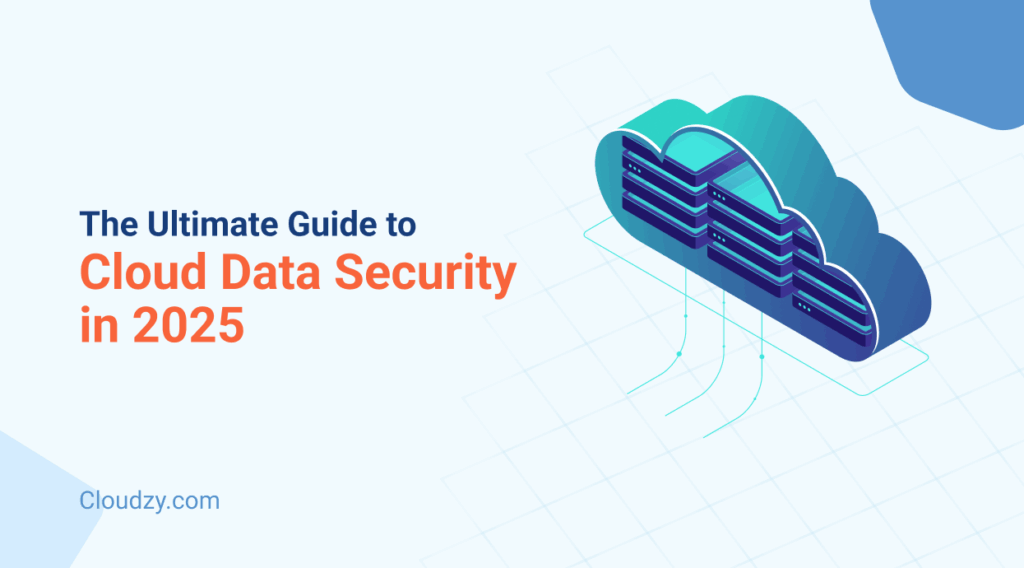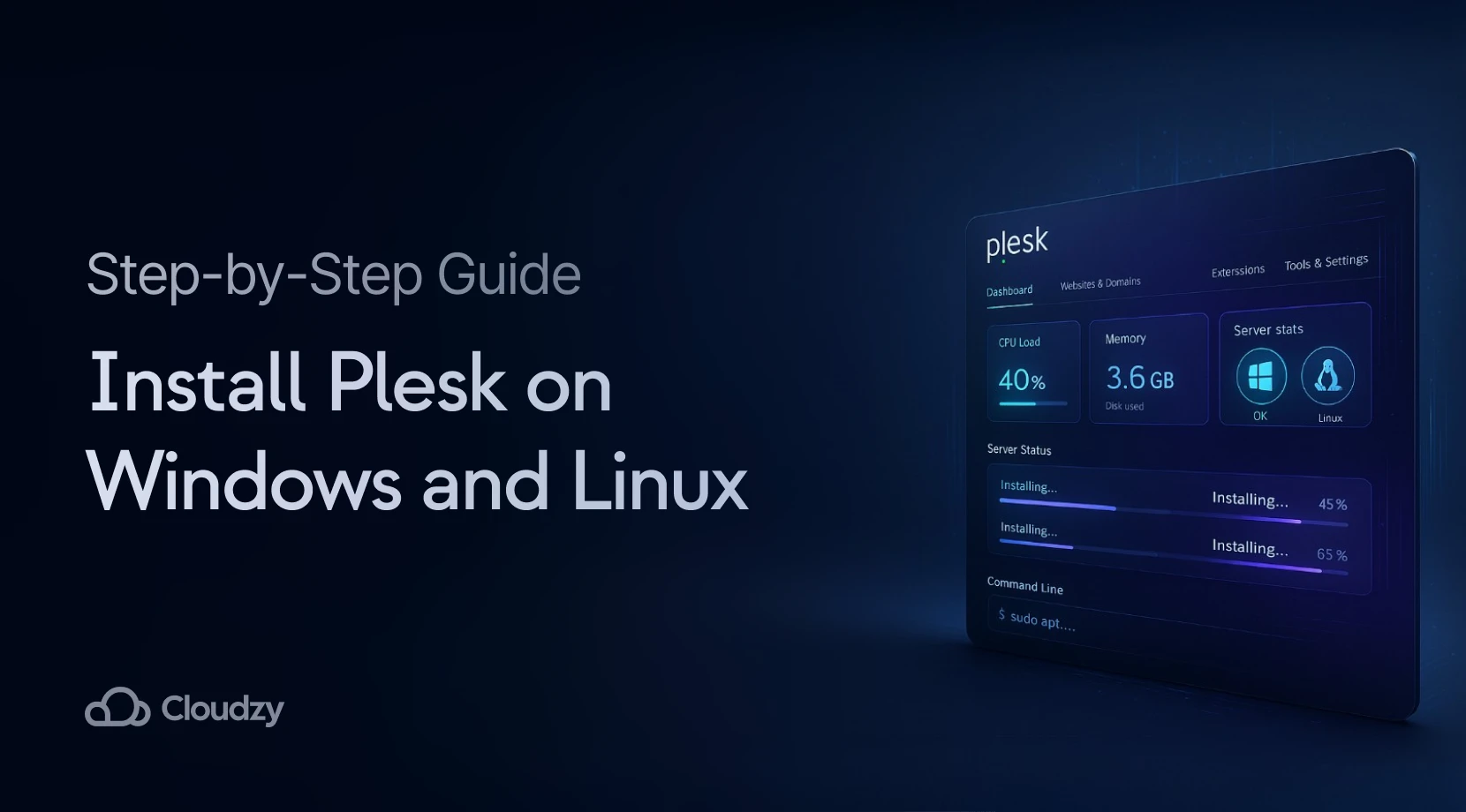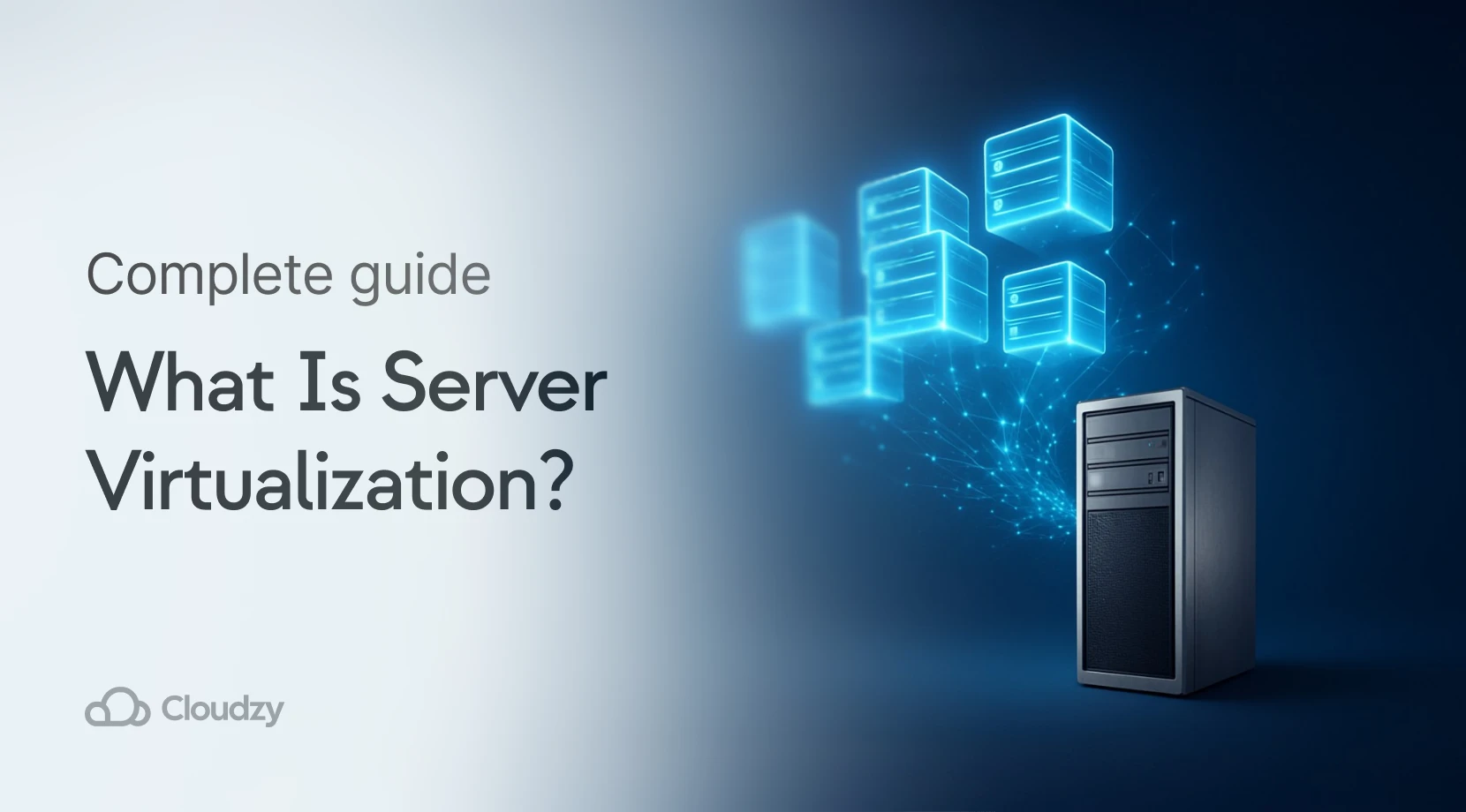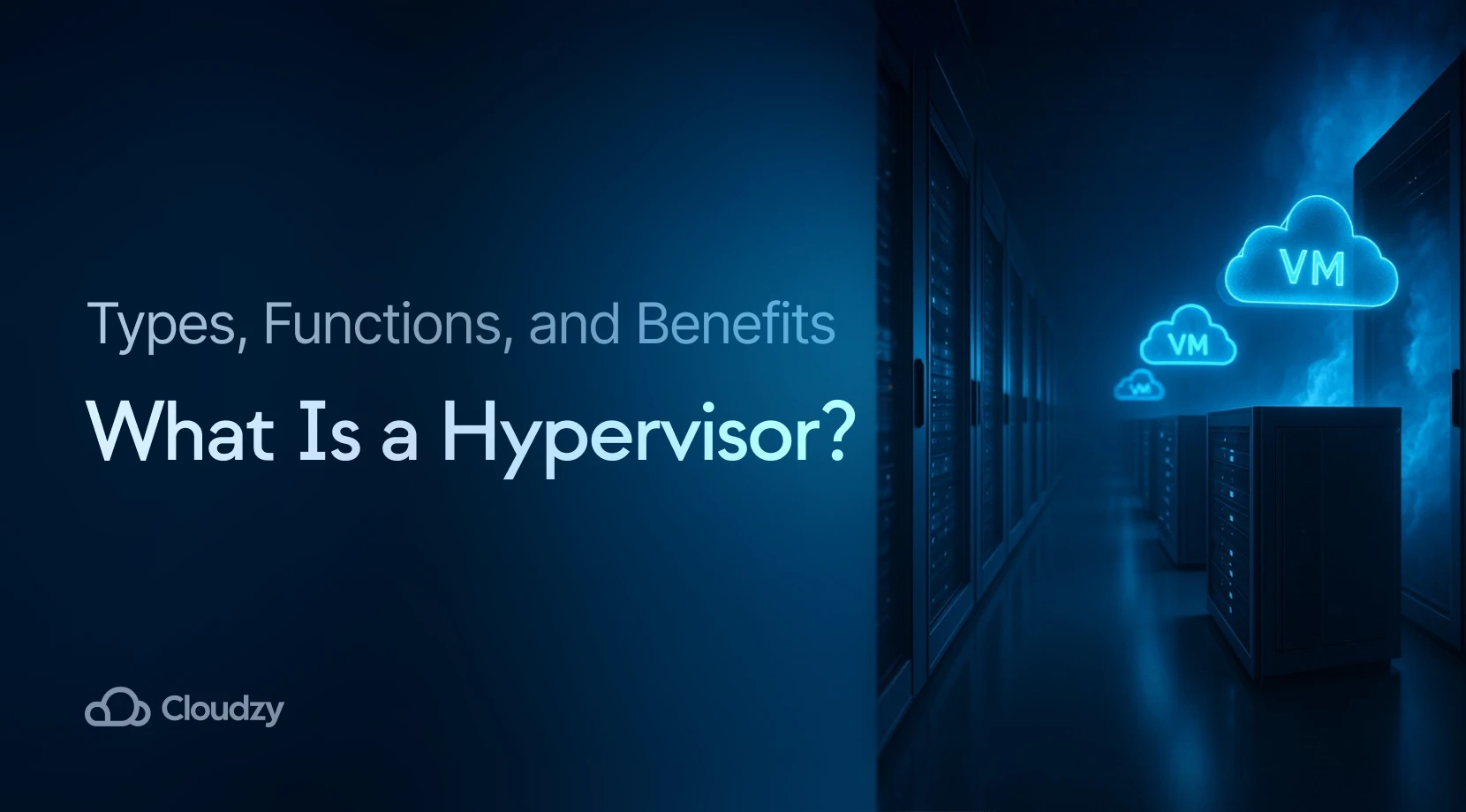Cloud data security protects data and various types of digital assets from security threats, human error, and other negative influences. Cloud data security is not only an issue about protecting data against breaches, as it covers a variety of measures that should be taken at every step of the data lifecycle, from creation and storage to sharing and deletion. As cloud computing continues to influence the digital landscape, data security in cloud computing has never been more important.
What is Cloud Data Security?
Cloud data security is the set of practices, technologies, and policies employed to protect data placed in a cloud environment. In contrast to on-premise data, cloud data is situated remote, typically at a site of a third-party cloud service provider, and accessed over the internet. This presents several unique security benefits and challenges, which must be matched with equally strong countermeasures to maintain data integrity and privacy.
Companies and businesses are collecting more and more data, from very confidential, financial, personal data to unimportant information. This broad data collection has been coupled with this movement towards more and more cloud storage areas like public clouds, private clouds, hybrid clouds, cloud storage environments, software as a service applications, etc.
Depending on the design of a whole cloud security architecture, all environment security policies can be uniformly enforced, resulting in reducing exposure and making risk management more effective.
Some instances of cloud data security are as follows:
- To protect sensitive data from exposure to unauthorized entities, it is stored in encrypted formats
- Implementing role-based access control (RBAC)
- Anomaly detection used in the cloud monitoring tools to alert suspicious activity
Why is Cloud Data Security Important?
Given the fact that the cloud is getting more and more integrated into business processes, cloud data security has become a necessity. Several points can be advanced in support of this assertion:
Data Breaches on the Increase
With the number of data breaches and cyber-attacks rising, cloud environments are certainly initial targets for cyber criminals. Sensitive information such as customer data, intellectual property, and financial records may be exposed if not rightly protected.
Consequences following breaches include:
- Severe monetary fines
- Legal implications
- Undeniably damaging branding
Regulatory Compliance
Different industries have stringent data protection requirements dictating how businesses should manage and store sensitive information.
Some major regulatory setups include:
- HIPAA for healthcare providers
- GDPR for any company that operates totally or to any degree within the European Union
Cloud providers themselves should possess and provide some evidence for some level of compliance. However, the additional control to stay compliant lies on businesses themselves.
Business Continuity
Business continuity for firms is often put in danger through data losses that cause irreversible damages to any operation. Companies operate daily depending on the proper functioning, integrity, and security of their data.
A secure cloud offers the following benefits, among others:
- Reliable backups of data
- Disaster recovery options
- A shield against disruptions arising from nature and human intervention
Trust of Customer
The customers trust the organizations with their personal and financial details, which are expected to be secure. Any failure in security can, in no time, wipe off that trust and force the customers back.
The trust of customers can be built by:
- Showing strong practices in data protection
- Exhibiting transparency about cloud security
- Competitively differentiating on cloud infrastructure security
The Challenges and Risks of Cloud Data Security
Cloud data security presents a whole different set of challenges and risks. Here are a few risks that confront enterprises relying on cloud services.
| Challenge | Description | Risk Examples |
| Data Breaches and Cyber-attacks | Attacks such as phishing, ransomware, and hacking are launched for unauthorized access to cloud data | Stolen data, altered records, financial loss, reputational damage |
| Insider Threats | Employees or contractors may unknowingly or willfully cause exposure or misuse of sensitive cloud data | Data leakages, misuse of access privileges, difficult-to-detect breaches |
| Misconfigurations | Vulnerabilities that accrue to systems due to wrongly set permissions and security settings in the cloud | Weak passwords, public storage buckets, overly permission access controls |
| Lack of Visibility and Control | The knowledge-poor third-party cloud is insulator regarding data monitoring and securing | Inability to track data access, delayed breach detection, gaps in monitoring |
| Third-Party Risks | Risks emerge for cloud vendors-dependent companies based on the security postures and operational controls of the latter | Provider breaches, shared responsibility confusion, data exposure from vendor mismanagement |
Cloud Data Security Types
Cloud environments like other unique environments are exposed to unique threats, so businesses in 2025 have to tailor a comprehensive strategy for security. Some of the significant cloud data security measures and types that any organization would have to consider include:
Encryption
Encryption forms the basis of cloud data security solutions as unreadable to anyone who does not have the right decryption key. It protects, therefore:
- Data at rest: Stored within a cloud environment (database, object storage, etc.)
- Data in transit: Moving between systems or across networks
Benefits:
- Prevents unauthorized access where data could easily have been intercepted or stolen
- Meets data protection standards such as GDPR and HIPAA
Access Control and Identity Management
Effective Identification and Access Management (IAM) restricts access to sensitive information so that unavoidable breaches of information happen internally or externally.
Key features:
- Multi-Factor Authentication (MFA): Adds a second layer of security at login
- Role-Based Access Control (RBAC): User permissions are defined according to his roles
- Least Privilege Principle: The access that a user has is the minimum necessary for the job he performs
Result: reduced risk of misuse and further exposure of data to insiders.
Data Backup and Disaster Recovery
The cloud must have plans on how to handle data loss in order to maintain business continuity. Primary areas of such a plan would be as follows:
Core components:
- Regular Backups: Create copies of data in secure locations on a schedule
- Disaster Recovery (DR) Plans: DR plans describe actions needed to restore systems and data following a breach, outage, or event
Why it matters:
- Minimizes downtime and financial losses
- Ensures quick restoration of critical operations
Cloud Security Monitoring and Auditing
To identify and address security issues, real-time visibility is the proposition. So, the cloud monitoring tools are important elements to secure the cloud environment; these tools allow security teams to track, analyze, and respond to activity across all cloud assets.
Monitoring tools provide:
- Anomaly Detection: Identifies unusual access patterns or data transfers
- Threat Alerts: Notifies the administrator of potential security incidents
- Log Analysis: Tracks user activity and access records
Another benefit from auditing is the identification of compliance gaps and the assurance of internal policy parameters and external regulations alignment.
Compliance and Legal protects
Compliance is not just a box to tick; it is a law in most industries dealing in sensitive data. Activities critical to this are:
Important practices:
- Review Certifications: Cloud provider offers various standards such as ISO 27001, SOC 2, HIPAA
- Understand Data Sovereignty: Know where your data is stored and what laws it subjects to
- Maintain Documentation: Keep audit trail compliance reports up to date
Results: It reduces legal risks and also builds better confidence in clients and regulators.
Conclusion
In conclusion, the year 2025 will see the continued dominance of cloud computing in the digital transformation space, affording businesses high flexibility, scalability, and cost-saving opportunities in doing business.
However, in securing those very data in the cloud, the responsibility is now on those businesses transferring their critical data into the open cloud environment. Cloud security and cloud data protection are ongoing processes requiring constant adaptation to emerging threats.
Therefore, organizations have to assess the risks and take preventive measures to keep the cloud data secure while partnering with trusted cloud service providers to avoid the difficulties associated with cloud data storage and protect their most valued asset: data — enabling them to operate in the cloud confidently.



